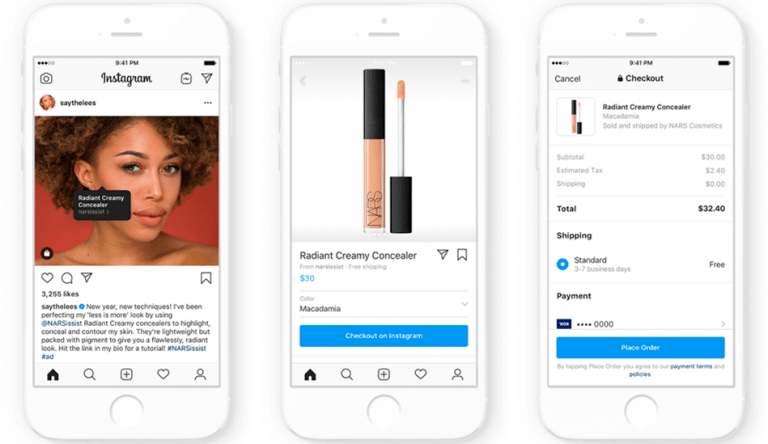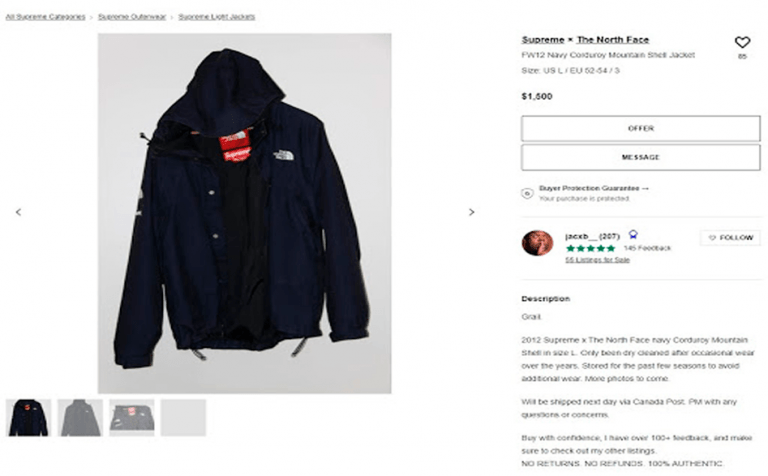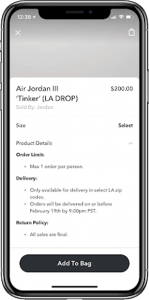10 MIN READ
Social commerce goes beyond just you and your products. Having the right strategy in approaching this evolving facet of marketing can be the difference between success and failure. In order to truly grasp the intricacies of social commerce marketing, consider the following strategies that have already found success in today’s landscape.
Influencer Marketing: The value of the micro-influencer
With people being bombarded with direct advertising, such methods are losing efficacy over time. Instead, consumers are now more inclined to trust recommendations of influencers that they feel a strong connection to. Although macro-influencers and celebrities boast a wide reach and following, when it comes down to authentic engagement and connection, micro-influencers are where the money’s at.
Brands are shifting their approach to influencer marketing, as these budding influencers have the ability to build strong, lasting relationships with their audience. Consumers tend to view their endorsements as genuine advice. Often, micro-influencers who endorse brands based on their niche or interests (e.g. sports, fashion, sustainability) already have a dedicated group of followers that fit the specific target audience many brands are looking for.
A good example would be to compare two Japanese influencers on Instagram. Model Sayo Yoshida (@sayobaby) is a macro-influencer with over 137k followers, with an average engagement rate of 1.15% and a reach of over 20k. Meanwhile, model Lala Takahashi (@lala__takahashi) is a micro-influencer with 34.5k followers. Despite having a smaller following, her average engagement exceeds Yoshida at 4.52%.
Even though her reach is lower, her engagement rate suggests that her audience is more interested in her posts and in turn, the products she chooses to endorse. Despite more people being exposed to Yoshida’s content, a lower ratio of her followers actually engage and interact with her posts.
Not only are micro-influencers able to reach out to a more invested target audience, they are also more cost-effective to engage. Brands need to realise that influencers are an integral part of social commerce marketing. Utilising them to help build brand awareness and trust through product reviews, tutorials, purchase discounts and more is an effective marketing strategy.
The Power of Exclusivity
The fear of missing out is a natural human instinct. This is because our brains are hardwired to assign more value to scarce resources. With that in mind, how do you make consumers care about your product? Limited edition products and exclusivity can create a sense of urgency that makes consumers pay more attention to your product, service, or event.
Although it may seem counterintuitive to limit the number of products available on purpose instead of selling as many as possible, exclusive branding is a tried-and-tested strategy that has proven to build hype for products.
One key case study is Supreme. Known for releasing their products in limited quantities and driving up anticipation among fans on social media, the brand’s products can be sold out in mere minutes and resold on second-hand marketplaces at several times the original price.
“Limited edition products and exclusivity can create a sense of urgency that makes consumers pay more attention to your product, service, or event.”
This buying and reselling is so heavily covered by the media that Supreme gains tenfold levels of free advertising and awareness. Their product releases always create buzz, resulting in a cult following that consistently promotes and discusses their brand.
The good news is, the power of exclusivity is not only applicable to luxury brands or big players in the market with an existing following. Smaller brands can also learn to leverage on exclusivity to prop their products up in the e-marketplace. While it may not reach the scale of Supreme, time-sensitive deals and offers available exclusively through social media can elevate a small brand in social popularity, skyrocketing their social commerce presence and dramatically increasing product demand.
Melding Online and Offline (O2O)
Social commerce does not simply exist in the digital landscape. Online-to-Offline (O2O) marketing is a business strategy that has emerged in recent years as a response to the rise of e-Commerce. Connecting offline physical services with users online will create a unique customer experience.
In a partnership between Snapchat and Nike to promote the new Air Jordan III “Tinker”, attendees to an after-party for the NBA All-Star game were able to scan exclusive Snapchat codes to order the shoes in-app and receive them within the same night. All the shoes sold out in 23 minutes, making it one of the more successful O2O campaigns to date.
Other than physical events centred around a product launch, O2O can also be incorporated into your social commerce strategy. Businesses with both physical and online stores can use O2O strategies to identify customers through social media channels and offer these customers value-added services in physical stores. Online-only sneak previews or discount codes that can be applied in-store (or vice-versa) can increase your brand and product awareness while boosting sales both online and offline.
Connecting the consumers to your brand remains an integral part of the purchasing process, and social commerce is an invaluable tool to have in your toolbox. The right approach, the right products, and the right mindset can lead to a greater interest, connection, and of course, success.
Evolving the way you reach, satisfy, and hook your consumers, this is the true power of social commerce.









